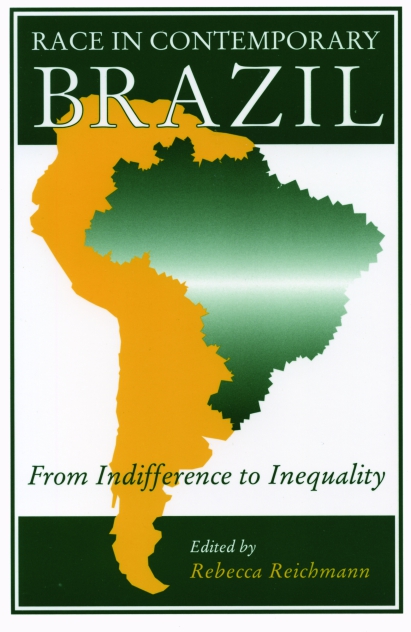Mestizaje and Public Opinion in Latin America
Latin American Research Review
Volume 48, Number 3 (2013)
pages 130-152
DOI: 10.1353/lar.2013.0045
Edward Telles, Professor of Sociology
Princeton University
Denia Garcia
Department of Sociology
Princeton University
Latin American elites authored and disseminated ideologies of mestizaje or race mixture, but does the general population value them today? Using the 2010 Americas Barometer, we examined public opinion about mestizaje in Bolivia, Brazil, Colombia, Dominican Republic, Ecuador, Guatemala, Mexico and Peru using survey questions that modeled mestizaje both as a principle of national development and as tolerance for intermarriage with black or indigenous people. We found that most Latin Americans support mestizaje, although support varies by country and ethnicity. Across countries, we find partial evidence that the strength of earlier nation-making mestizaje ideas is related to support for mestizaje today, and that strong multicultural policies may have actually strengthened such support. Ethnoracial minorities showed particular support for the national principle of mestizaje. Finally, we discovered that the national principle of mestizaje is associated with more tolerant attitudes about intermarriage, especially in countries with large Afro-descendant populations.
Ideas of mestizaje, or race mixture, are central to the formation of many Latin American nations and are assumed to predominate in much of the region today (Hale 2006; Holt 2003; Telles 2004; Wade 1993). Concepts of mestizaje stress racial fusion and the inclusion of diverse racial elements as essential to the nation; hence mestizos, or mixed-race people, are considered the prototypical citizens. Although racial hierarchies characterize Latin American socioeconomic structures (Telles, Flores, and Urrea-Giraldo 2010), ideas of mestizaje have stood in contrast to ideas of white racial purity and anti-miscegenation historically held in the United States (Bost 2003; Holt 2003; Sollors 2000). While ideas of mestizaje emerged as Latin American state projects in the early twentieth century, they are often hailed as widely shared ideologies that are central to Latin Americans’ understanding of race and race relations (Knight 1990; Mallon 1996; Whitten 2003).
Despite Latin America’s diverse racial composition and the fact that an estimated 133 million Afro-descendant and 34 million indigenous people reside there, according to recent data—numbers far higher than in the United States (Telles, forthcoming)—racial attitudes in Latin America have, surprisingly, been understudied. Despite clues from ethnographic research, we lack nationally representative evidence on the general population’s feelings about mestizaje. In this article, we examine support for mestizaje and its variations across nation and ethnicity in eight Latin American countries with large nonwhite populations: Bolivia, Brazil, Colombia, the Dominican Republic, Ecuador, Guatemala, Mexico, and Peru. These countries represent more than 70 percent of Latin America’s population and are home to the vast majority of both Afro-descendants and indigenous people in the region. We focused on two dimensions of the mestizaje ideology: as a national development principle and an individual intermarriage principle. The first, which is closely related to the national narratives developed by elites during nation making, maintains that race mixture is good for the nation. The second addresses tolerance for intermarriage in one’s family—often considered the ultimate marker of racial and ethnic integration (Alba and Nee 2003; Gordon 1964).
Our examination of eight Latin American countries provides new contexts for thinking about racial attitudes, beyond the large literature that is dominated by the case of the United States. Since racial meanings are context dependent, the study of Latin America may complicate social science understandings of racial attitudes more generally. As Krysan (2000, 161) wrote, “This complexity forces those who have developed their theories in an American context to take care not to rely too heavily on uniquely American values, principles, politics, and racial histories.” Latin America differs from the United States in that nothing like mestizaje ideology exists in the United States. Moreover, understanding racial attitudes is important because they may guide behaviors, even though attitudes are often more liberal than actual behaviors (Schuman et al. 1997). In particular, the degree to which the public embraces mestizaje may be important for understanding whether the ideology has implications for racial and national identity and democratic politics in Latin America, including whether the population would support or resist measures to combat racial discrimination and inequality…
Read the entire article here.



